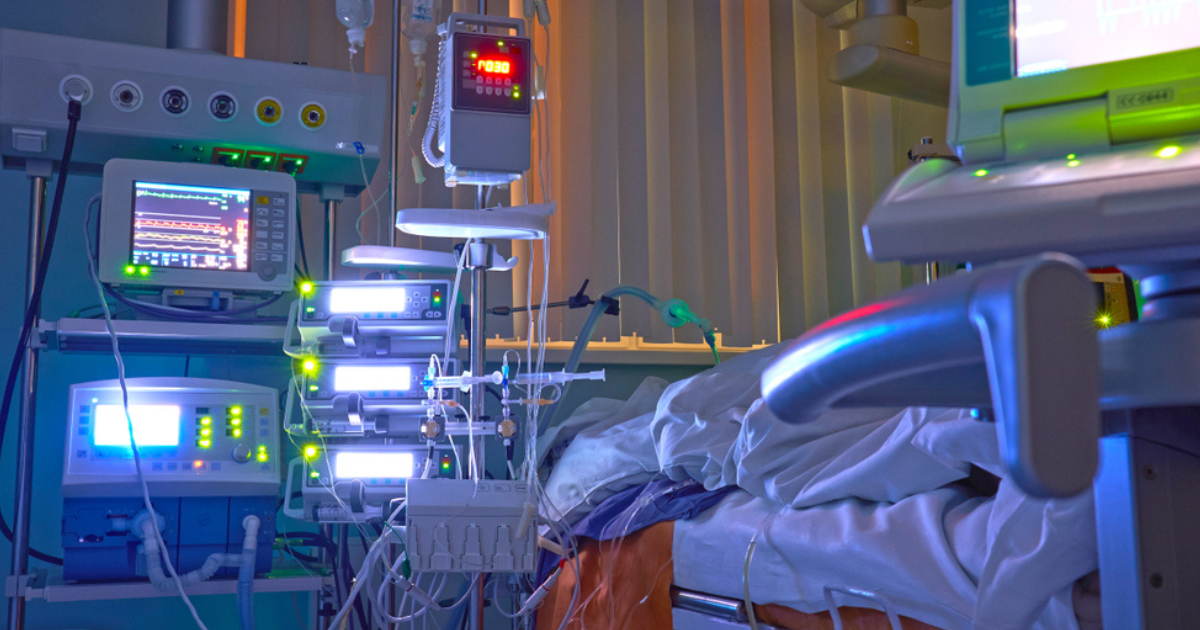Upgrading Telemetry Devices: How Replacement Parts Can Enhance Technology

It’s no secret that using high-quality replacement parts can increase the lifespan of telemetry devices while lowering the total cost of ownership (TCO). But are you aware that choosing the correct replacement parts can also upgrade telemetry monitors?
Replacing outdated parts with newer, more advanced components improves functionality, data accuracy, and integration. Upgrading with telemetry replacement parts increases return on investment (ROI), supports clinical decision-making, and elevates patient care in hospital settings.
Below, we explain the basics of upgrading with telemetry replacement parts. We’ll also cover the benefits of purchasing upgraded parts, including the impact on the bottom line.
How do replacement parts upgrade telemetry devices?
Replacement parts upgrade telemetry devices by offering improved features compared to the original parts. These upgrades may involve minor changes like case size changes or more noticeable enhancements such as repositioned buttons in the user interface. Biomed techs typically use these upgraded parts for device repairs, while medical equipment managers may choose to install them fleetwide.
Upgrades can come from the original equipment manufacturer (OEM) or third-party manufacturers.
OEM component upgrades
Many OEMs adjust component design features or upgrade materials periodically for existing telemetry devices. These upgrades can enhance functionality by improving durability, making the device more user-friendly, or supporting advanced connectivity.
Third-party manufacturer upgrades
A 3rd-party manufacturer that reverse-engineers replacement components, rather than copying, can adjust materials and specific design elements to enhance the design. The 3rd-party component is tested by form, fit, and function to match the original part. However, using more durable plastic resins and other improvements can result in a 3rd-party product that exceeds the quality and safety of the original part.
How do upgraded parts improve telemetry devices?
Increase durability
Environmental stress cracking (ESC) is a leading cause of failure in plastic device components. Since the COVID-19 pandemic, hospitals have increased the use of harsh chemicals in equipment cleaning and sanitizing protocols. Mechanical stress, from the user or due to device design, makes it easier for chemicals to break down plastic polymers.
Since robust sanitizing procedures are essential to prevent healthcare-associated illnesses (HAIs), manufacturers continually seek more durable polymers to combat this issue. Older components made with a PC/ABS copolymer blend are highly susceptible to ammonium, peroxide, bleach, and other cleaning chemicals. Upgrading a replacement part using an advanced PC copolymer reduces the risk of ESC so that the telemetry device can last longer.
More durable plastics also provide greater protection from damage due to accidents, mishandling, and general wear and tear.
Improve ergonomics
Enhancements in case design offer multiple advantages. Adjustments to the user interface, door, battery tray, and other moving parts enhance user ergonomics. This improvement can decrease errors, prevent repetitive-use injuries, and minimize alarm fatigue.
Additionally, better ergonomics reduce friction between parts, making operations like opening and closing doors or battery trays smoother. This eases user experience and lessens mechanical stress, ultimately improving durability.
Optimize power supply and cable connections
An ergonomic upgrade to the battery tray or cable ports improves electronic component connections. A smoothly sliding and secure battery tray minimizes power interruptions, which is crucial for consistent power supply and accurate telemetry device operation.
Additionally, changes to cable ports in a case upgrade enhance cable and port connectivity, simplifying cable management. Reliable connectivity is vital for precise and safe telemetry data transmission from the patient to the monitor.
Streamline data processing and device connectivity
Beyond plastic components, upgrades to hardware, such as circuit boards, can boost a telemetry device’s processing capabilities and ensure more reliable data transmission. Such advancements support precision insights regarding cardiovascular health in real-time. This increases healthcare professionals' ability to provide high-quality, targeted, patient-centered care and promotes patient safety.
Upgraded circuit boards may be able to run more sophisticated software. This enables the telemetry monitor to connect with more devices and share critical data across systems. More advanced software may also have enhanced cybersecurity protections to protect patients and health systems from cyber threats.
Can upgraded replacement parts enhance ROI?
Upgrading with telemetry replacement parts can positively impact ROI. For example:
- Extending telemetry device lifespans
- Lowering repair costs
- Preventing adverse events
- Increasing efficiency
- Improving energy efficiency
While the initial cost of upgraded replacement parts requires a capital investment, the long-term cost savings can pay off well.
Can upgraded parts work with my budget?
Different healthcare organizations have individual budgetary concerns regarding a parts upgrade. Factors to consider are the age of the device, the capacity of the organization's technical staff, and the impact on the telemetry device's TCO.
Some of the costs associated with upgrading telemetry components include:
- Component costs
- Installation costs
- BMET labor hours
- Staff training
- Maintenance and lifecycle costs
This helpful guide provides detailed information about calculating the TCO of medical devices.
Careful evaluation of budgetary factors and solid financial planning can unlock the benefits of replacement part upgrades for telemetry systems. Those benefits result in more effective cardiac telemetry monitoring, supporting clinical care delivery and enhancing clinical insights while ensuring hospital patients always stay safe.

